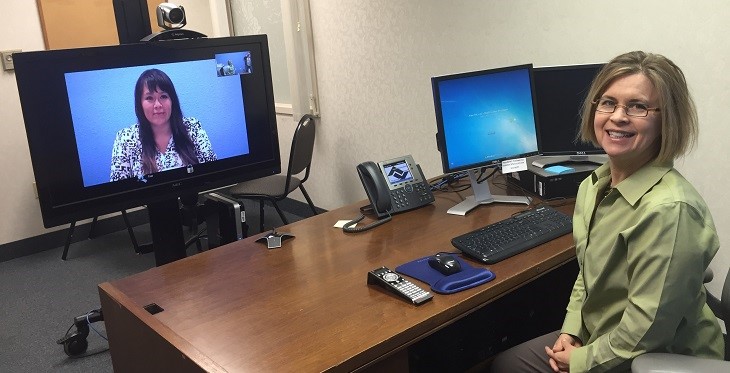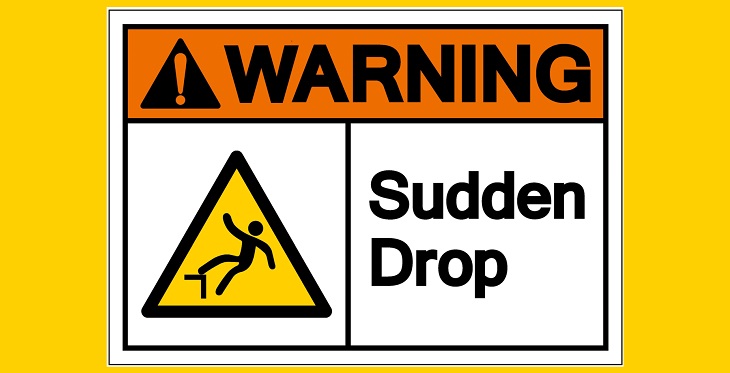On October 24th, the 2023 Arizona Telehealth Policy Summit will host national and state telehealth experts to discuss the latest on Arizona and national telehealth policies and trends. This summit will benefit healthcare leaders, administrators, regulators, providers, and other stakeholders in learning more about virtual care. Summit speakers and in-person attendees will convene at the Virginia G. Piper auditorium on the Phoenix Bioscience Core campus. A virtual attendance option will also be available.
The summit program will begin with opening remarks from Professor Tara Sklar, summit host and associate director of Telehealth Law & Policy with the Arizona Telemedicine Program; Dr. Daniel Derksen, a nationally noted health-care policy and rural health expert and associate vice president in the University of Arizona office of the Senior Vice President for Health Sciences; and a blessing ceremony and land acknowledgement from Dr. Carlos Gonzales, assistant vice president of Indigenous Affairs with the University of Arizona Health Sciences.




